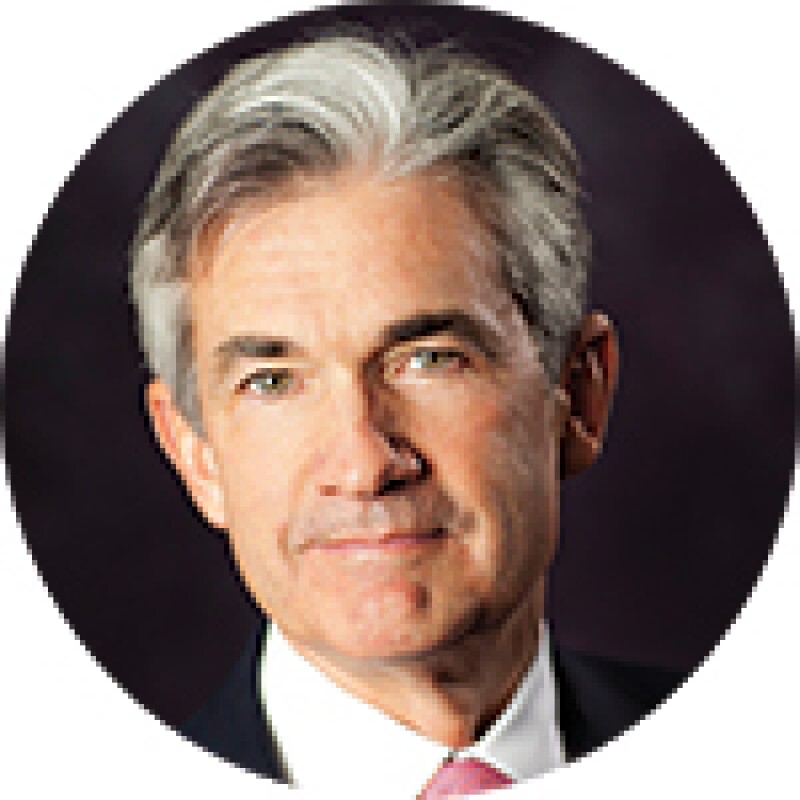
The US economy is now in its 11th consecutive year of growth. Unemployment has steadily declined from its 10% post-crisis peak and has now remained at or below 4% for more than a year, the longest stretch in a half century. A strong labour market with plentiful job openings has supported labour force participation. After rising only grudgingly early in the recovery, wages have moved up the past few years.
Some groups, such as African Americans, Hispanics, and rural Americans, continue to face long-standing challenges, but the benefits of this strong job market are increasingly widely shared. At outreach events we are holding across the United States, we are hearing loud and clear that this long recovery is now benefiting low- and moderate-income communities to a greater extent than has been felt for decades. Many people who have struggled to stay in the workforce are now getting an opportunity to add new and better chapters to their life stories.
Solid growth has sustained this strong labour market. Most recently, US gross domestic product (GDP) increased at an annual rate of just over 3% in the first quarter, similar to last year's strong pace. But first-quarter growth was driven largely by net exports and inventories – two volatile spending categories that are typically not dependable indicators of ongoing momentum. Indeed, overall growth in the second quarter appears to have moderated.
Growth in consumer spending, which was soft in the first quarter, looks to have bounced back, but business fixed investment growth seems to have slowed notably. Moreover, the manufacturing sector has been weak since the beginning of the year, in part weighed down by the softer business spending, weaker growth in the global economy, and, as our business contacts tell us, concerns about trade tensions.
Despite low unemployment and solid overall growth, inflation pressures remain muted. After running close to the Federal Open Market Committee's (FOMC) symmetric 2% objective over much of last year, both overall consumer price inflation and core inflation moved down earlier this year. We currently estimate that the change in the core personal consumption expenditures (PCE) price index was 1.7% over the 12 months ending in June.
In our baseline outlook, we expect growth in the United States to remain solid, labour markets to stay strong, and inflation to move back up and run near 2%. Uncertainties about this outlook have increased, however, particularly regarding trade developments and global growth. In addition, issues such as the US federal debt ceiling and Brexit remain unresolved. FOMC participants have also raised concerns about a more prolonged shortfall in inflation below our 2% target. Market-based measures of inflation compensation have shifted down, and some survey-based expectations measures are near the bottom of their historical ranges.
Many FOMC participants judged at the time of our most recent meeting in June that the combination of these factors strengthens the case for a somewhat more accommodative stance of policy. We are carefully monitoring these developments and assessing their implications for the US economic outlook and inflation, and will act as appropriate to sustain the expansion, with a strong labour market and inflation near its symmetric 2% objective.
Excerpt from Jerome Powell's 'Monetary Policy in the Post-Crisis Era' speech given at the 'Bretton Woods: 75 Years Later–Thinking about the Next 75' conference in Paris, France, July 16 2019. The full speech is available at www.federalreserve.gov/newsevents/speech
